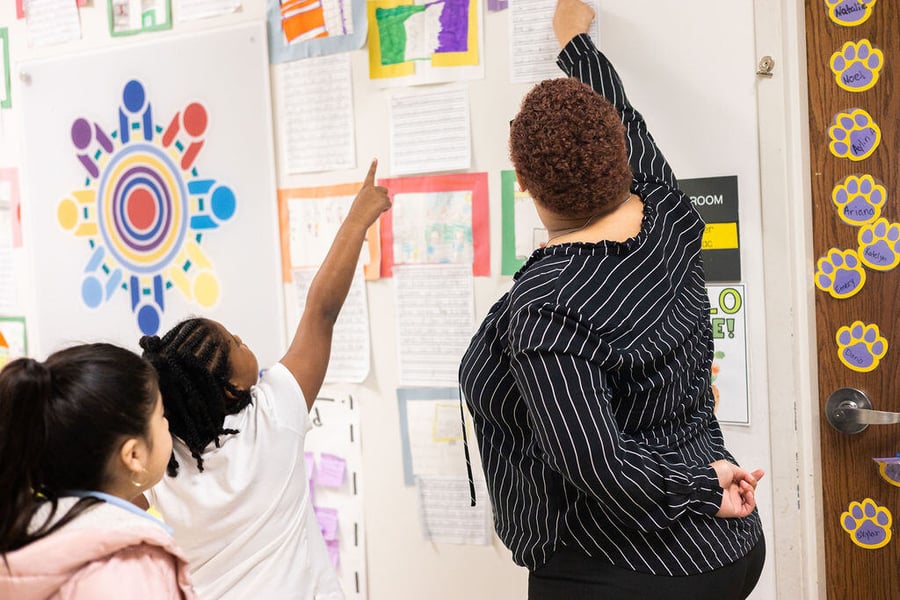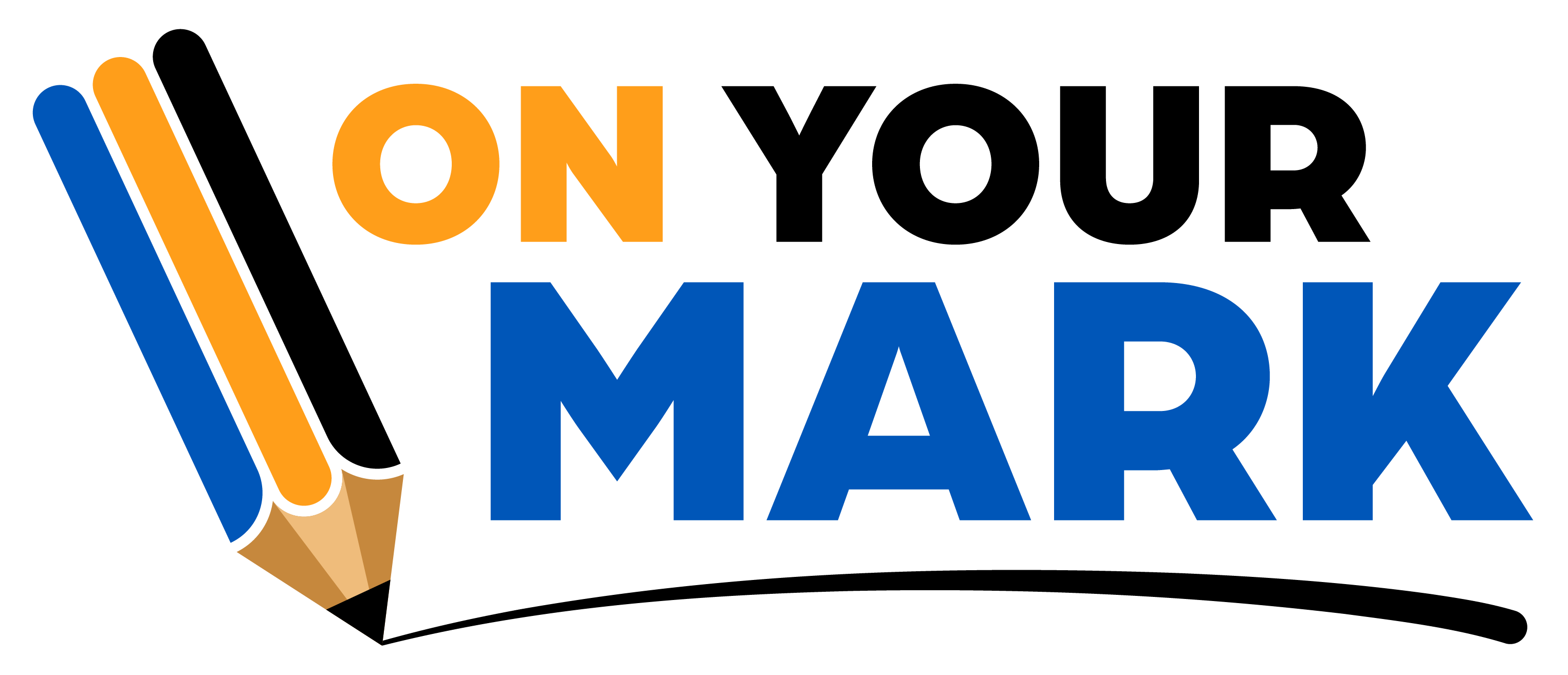5 Proven Ways to Improve Literacy Despite Teacher Shortages
Short on Teachers Plus Struggling Readers
Did you struggle to fill teaching vacancies before this school year?
If your answer is an enthusiastic “Yes!” you’re not alone. According to the U.S. Department of Education’s National Center for Education Statistics (NCES), a whopping 74% of public schools said the same.
In July of 2024, the Learning Policy Institute reported that there were nearly 42,000 teacher vacancies across 30 states and the District of Columbia.
If there is one universal truth in the post-pandemic education landscape, it’s this: our kids are struggling, and we don’t have enough teachers to support them.
Staffing Shortages and Early Literacy Instruction
The aforementioned NCES survey results, released in October of 2024, also noted that schools are most likely to have openings in General Elementary, English Language Arts, and Special Education positions. Of those, Special Education positions are often the hardest position to fill.
And what do these positions have in common?
They all have a hand in early literacy instruction—the cornerstone of all future learning. We already know that American students have struggled and are still struggling with reading. Literacy gaps continue to plague educators, school administrators, and district-level academic teams nationwide.
To combat this double whammy of learning gaps and staffing shortages, schools are looking for creative ways to support early readers.
Just like other structural and programmatic issues within schools and districts, the students who need the most support are being hit the hardest by staffing deficits.
So what's a school administrator to do? What can a district leader do? How does anyone ensure students get what they need to close learning gaps and reach their full potential?
Supporting students is already a tough job. And doing so with limited resources is even tougher.
This post offers practical steps for administrators to maximize the work of their dedicated staff to help give kids the reading skills they need to thrive.
Understanding the Reading Challenge
On the 2022 National Assessment of Educational Progress’s (NAEP) Reading Report Card, average reading scores were down for both 4th and 8th-grade students. The trends show that there isn’t a significant difference from the average scores in 1992.
And, when the NAEP released its updated report card in early 2025, we saw a continued downward trend in nationwide reading scores. In essence, reading scores are not a new issue.
Source: NAEP Report Card: Reading | Click here for 8th and 12th grade results.
The research behind the Science of Reading is gaining momentum. Now, we have more evidence proving that there is a correct way to teach children to read. As a result, schools have begun turning towards curricula aligned with structured literacy.
One highlight of this research is how crucial it is to detect literacy skill gaps early. It's no longer acceptable to assume students have a strong foundation in literacy simply because they're in 3rd or 4th grade. Educators can and should use universal screeners, like DIBELS, to assess reading and look for skill gaps. These screeners can identify students who need support as early as kindergarten, which means there's time to fill those gaps and get students back on track to grade-level proficiency.
Common Barriers to Reading Proficiency
When students have a hard time decoding (or sounding out) words, the reason is usually a lack of explicit instruction in phonemic awareness and phonics, two foundational literacy skills.
By the end of third grade, the number of multisyllabic or complex words that educators expect students to read and understand steeply increases (sometimes called the "orthographic avalanche"). This is especially true of classes like social studies and science, where academic vocabulary plays a huge role in content knowledge and application.
Because of the volume of new words students encounter each school day, it’s impossible for teachers to provide explicit instruction for each one while still teaching highly complex content. Without decoding skills, students won't become skilled readers who create meaning from text independently.
This is why there is such a big push for students to reach grade-level proficiency by the end of 3rd grade.
We know the consequences of when students don't have mastery of these and other essential reading skills. That's why it's so important to teach skills identified by the Science of Reading—like phonemic awareness and phonics—in the early grades.
5 Ways to Maximize Instruction with Limited Resources
If you are dealing with a teacher shortage and limited resources for student support, here are five ways to maximize the resources you do have to help students get the instruction and extra support they need.
1. High-Dosage Tutoring
What is high-dosage tutoring?
High-dosage tutoring, also known as high-impact tutoring, helps schools by bringing in well-trained tutors to both ease staffing shortages and close skills gaps with targeted, consistent instruction. This work can be done in person or by partnering with a virtual tutoring program. High-dosage tutoring is proven to be the most effective way to support students who are behind in literacy skills. Read more about it below!
2. Strategic Differentiation Techniques
"Differentiation" can feel intimidating and/or overwhelming for teachers. It's hard enough to plan one engaging lesson, let alone multiple lessons to meet every student's need!
You can support your teachers by reminding them that differentiation doesn't have to be labor intensive. Consider these options for differentiation instruction:
- Modified practice work: Cut down on the number of letters a student needs to trace or write during phonics independent practice. Align this practice with the key foundational skill gaps you know students need the most.
- Partner reads: Be ready with a decodable text aligned with students’ foundational skill needs. Partner students, and then partners can take turns reading to each other. Have the more proficient reader go first—this offers the striving reader a chance to hear the text before they read it. Then, have each student repeat that same reading passage/text. This supports oral reading and fluency skills in both students. Students as young as kindergarten can take part in this activity.
- Cross-curricular literacy instruction: Every teacher should be invested in supporting literacy growth (yes, even the math teachers!). In many schools, teachers begin to “departmentalize” as early as 3rd grade, meaning students have separate teachers for different subjects. Offer practical, easy ways to embed literacy instruction into every subject. And, remind your teachers that when everyone commits to supporting literacy learning, they lighten the load for designated reading teachers.
3. Peer-supported Learning Stations
Once you know who in your classroom has mastered what skills, you can have them support their peers. By putting students in varied skill level groups, you create leadership opportunities for your proficient students. At the same time, you now have extra learning opportunities for students who need additional guidance.
While this might be easier with older students, younger students are capable of supporting their peers, too.
We love this strategy because students may even be able to explain something in a way an adult hasn’t thought of!
4. Technology-assisted Assessment and Learning
Depending on your school's level of technology access, digital tools can provide assessment and instructional support. Many offer both a diagnostic assessment and then skill practice based on the assessment's results. These may work well for your students who need differentiated skill practice and more personalized learning.
5. Use Data for Targeted Small-Group Intervention
Data-driven instruction—when used correctly—improves efficiency because teachers know exactly what to teach and who to teach to!
Help your teachers use their available assessment data to identify students with similar skill gaps. Then, group these students and use learning stations or other small group time to offer direct instruction in these skills. Focus on one skill at a time, and change groupings with each new skill. Keeping groups fluid allows students to learn from and build relationships with different peers, too.
OnYourMark's High-Dosage Tutoring: Immediate Impact and Lasting Results
Now is the time to take action to combat the reading crisis.
OnYourMark Education provides virtual high-impact literacy tutoring. Our highly-trained tutors prepare scripted, Science of Reading-based lessons customized to meet individual students' needs. With regular assessment and reporting, our tutors support classroom instruction and guide students toward grade-level proficiency.
We partner with you by:
- seamlessly integrating our expert tutors into your school day
- personalizing learning for every student
- tracking progress with detailed reports and ongoing support
…and much more.
And because OnYourMark is a virtual tutoring provider, our solution fits within your current technology resources and is scalable, so we can support more students during your school day.
With OnYourMark, you're not just addressing a literacy gap with tutoring best practices—you're opening a world of opportunity for every student.
Conclusion
Even with limited resources, your school can adopt an “all hands on deck” approach to literacy. Educators building-wide can support one another in the important work of ensuring all students learn how to read.
Your students can't wait and neither should you. Don't let limited resources limit student potential. By implementing the tips in this post, you can maximize your available resources to empower every student with strong literacy skills.
Our school partners are seeing measurable results for their students. Discover the impact of OnYourMark’s high-impact tutoring. Book a meeting with your dedicated representative today.
Resources and Additional Links
(Expand to see all)
Meet With Our Team
Related Posts

5 Science of Reading Essentials for Your Classroom


